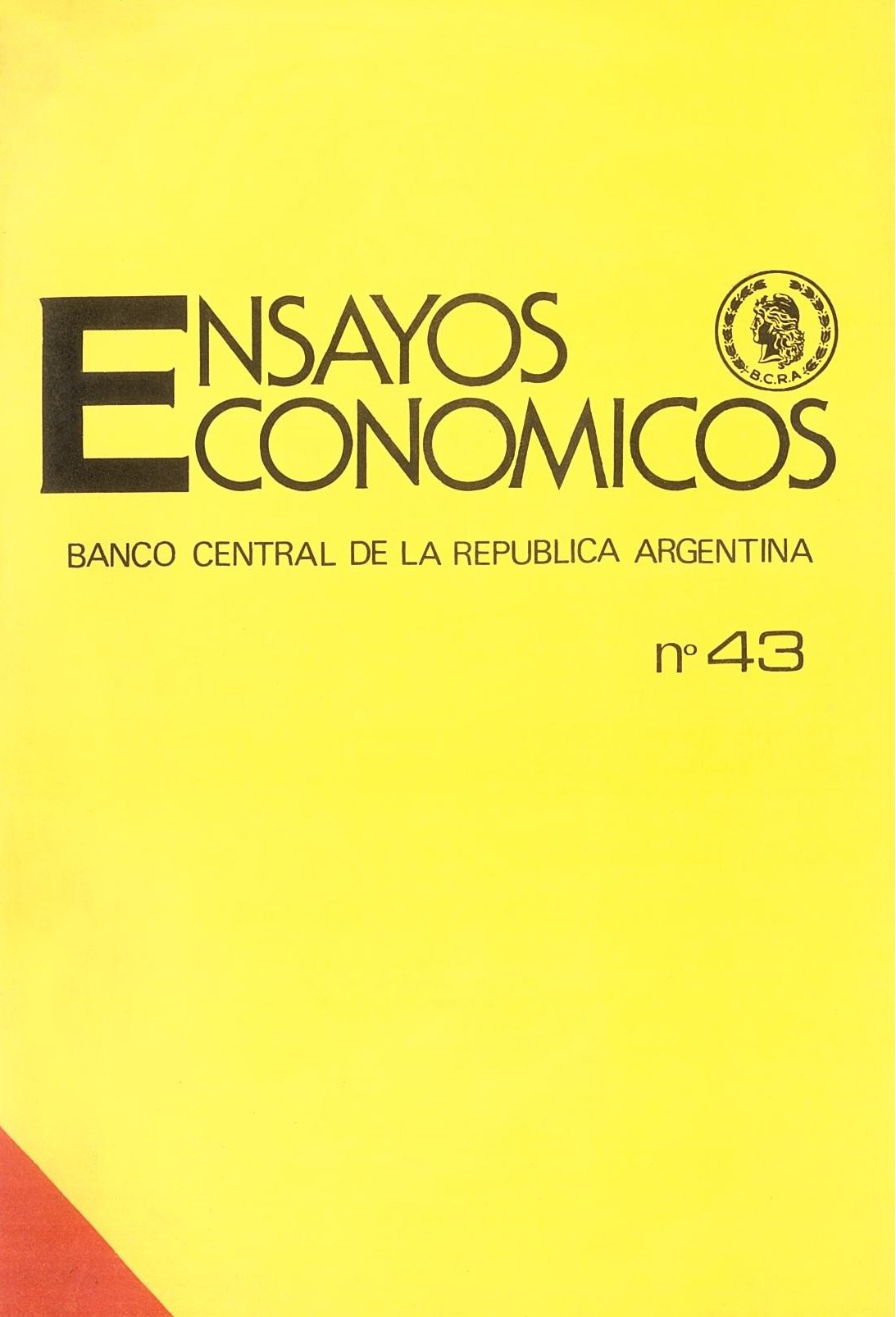Trade effort and haircut of foreign debt interests
Keywords:
Argentina, Debt Crisis, Debt Restructuring, External DebtAbstract
The Argentine economy has been characterized by stagnation and ups and downs since the mid-1970s, but this situation worsened enormously after the outbreak of the external debt crisis. With advances and setbacks, the government has sought to make adjustments in the economy to face the critical external situation. In particular, it has tried to increase the trade surplus, both through import controls and export incentives. Despite the commercial effort made, the country's debt situation with respect to the rest of the world has been increasing explosively. As the trade surplus achieved is not even remotely sufficient to pay external debt interests, the current account of the balance of payments has been systematically negative. This deficit is continually financed through forced financing that makes it possible to save the appearance of payability even when it is increasingly clear to all the agents involved that the public external debt is not entirely payable in the long term, as emerges from the strong discount foreign debt securities are quoted. In the present note, the substance of the preceding reasoning is theoretically elaborated with regard to the evolution of the external debt, the trade surplus, the current account deficit and the price of debt securities in secondary markets. To this end, a model is built that allows us to reflect both about the current situation of “vicious adjustment” and the possible outcome of “virtuous adjustment” if the trade adjustment effort is accompanied by a substantial reduction in the interest rate of the external debt.
JEL classification: F32 ; F34 ; H63




